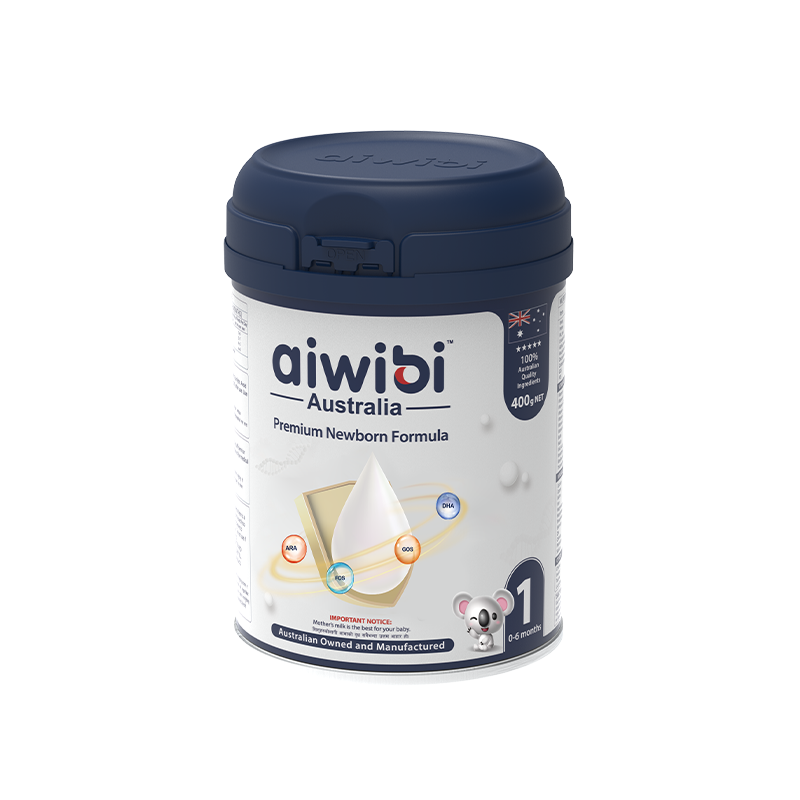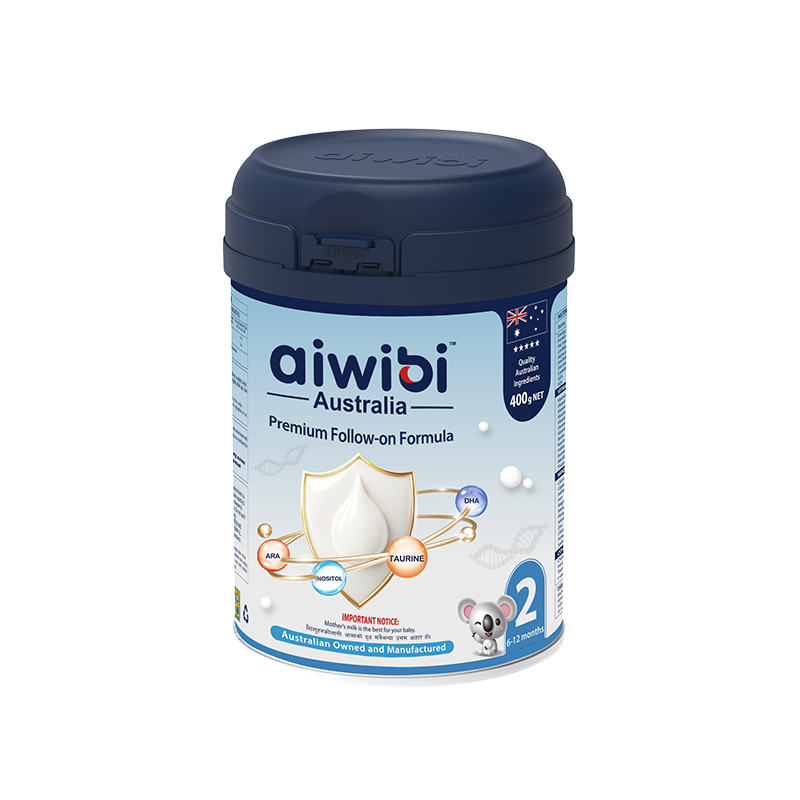Dear expectant mothers, your pregnancy journey is a special time to cherish – and incorporating safe exercise during pregnancy can help you feel your best while nurturing your growing baby! Whether you're in your first, second, or third trimester, the right workouts can boost your energy, ease discomfort, and prepare your body for delivery.
First Trimester (Weeks 1-12): Gentle Movements, Steady Care
The first trimester is a crucial period for embryonic development and a stage where expectant mothers' bodies adapt to hormonal changes. Many experience morning sickness, vomiting, and fatigue in early pregnancy. During this time, exercise must be "gentle" and not overly strenuous.
- Walking: This is a super safe choice. Take a leisurely stroll daily in a beautiful environment with fresh air, such as a park or community garden. Start with 10-15 minutes and gradually increase to 20-30 minutes. Walking can promote blood circulation, relieve the discomfort of morning sickness, and uplift your mood, providing a comfortable environment for your baby to grow. However, be mindful of where you're walking; avoid uneven paths to prevent falls.
- Gentle Yoga: Some gentle yoga poses are also very suitable, such as Cat-Cow Pose and Seated Twist. These movements can relax lower back muscles and improve body flexibility. But remember, in the first trimester, absolutely avoid inversions, jumping, or other vigorous movements, and do not overstretch your abdomen, as this could affect the embryo.

When to Modify Your Exercise Routine in Early Pregnancy?
- You might feel more tired or nauseous. It's completely okay to reduce intensity, duration, or frequency. Think maintenance, not pushing limits.
- Avoid high-impact or risky activities like contact sports, intense jumping, or horseback riding. Safety first!
Second Trimester (Weeks 13-27): Full of Energy, Move with Ease
By the second trimester, morning sickness gradually disappears, and expectant mothers often feel more energetic. Your belly will start to show, but it won't be overly heavy, making this the golden period for prenatal exercise!
- Swimming: This is a highly recommended exercise for the second trimester. The buoyancy of water can reduce pressure on your pelvic floor muscles, relieve joint strain, and strengthen your whole body. Furthermore, the water temperature during swimming is usually suitable, preventing overheating, which is safe for the baby. However, choose a clean swimming pool to avoid infection, and keep your swimming sessions to around 30 minutes. Please note, if you didn't swim before pregnancy or aren't a confident swimmer, it's advisable not to start during pregnancy to avoid accidents.
- Prenatal Exercises: Specially designed prenatal exercises are also a good choice. They can strengthen your pelvic floor and abdominal muscles, preparing you for labor. For instance, pelvic floor exercises, by contracting and relaxing the pelvic floor muscles, help prevent urinary incontinence during pregnancy and can make labor smoother. When doing prenatal exercises, follow professional guidance and avoid overly large movements.
- Advanced Walking: Continuing to walk in this stage is also beneficial, but you can moderately increase your pace and duration, for example, 40-60 minutes per session, 3-5 times a week. Walking with your partner can enhance your relationship and make walks more enjoyable.

When to Modify Your Mid-pregnancy Exercise Routine
- Avoid exercises lying flat on your back after 12 weeks, as this can affect blood flow. Opt for inclines or side-lying positions.
- Watch for any bulging or "doming" of your abdomen (diastasis recti). Modify planks and push-ups to be on an incline or hands and knees.
Third Trimester (After 28 Weeks): Steady Progress, Focus on Safety
In the third trimester, the expectant mother's abdomen is quite large, her center of gravity shifts forward, and moving around can become less convenient. The main goal of exercise at this stage is to maintain physical vitality and conserve energy for labor, while paying special attention to safety.
- Slow Walking: Slow walking remains the primary form of exercise. Each session should be 20-30 minutes, with slow, steady steps. Avoid walking too fast or for too long, as this could induce contractions. When walking, you can gently support your abdomen with your hands to relieve pressure on your lower back.
- Prenatal Yoga: Some prenatal yoga poses can help open the pelvis and alleviate pre-labor tension. For example, the Butterfly Pose: sit on the floor with the soles of your feet together and gently press your knees down. This pose stretches the inner thigh muscles, creating favorable conditions for the baby's descent during labor. However, avoid any movements that might compress your abdomen or involve excessive bending.
- Breathing Exercises: Additionally, in the third trimester, you can practice simple breathing exercises, such as diaphragmatic breathing. Deep breathing can increase oxygen intake, alleviate fatigue, and prepare you for coordinated breathing during labor.
- Kegel Exercises: Kegel exercises (pelvic floor muscle training) are particularly important at this stage. By gently contracting and relaxing your pelvic floor muscles, they can help prevent postpartum urinary leakage and prepare you for delivery.

When to Modify Your Mid-pregnancy Exercise Routine
- Focus on comfort and stability. Your balance changes, so prioritize gentle, controlled movements.
- Slow walking is still great. Adjust the pace to what feels comfortable for you.
- Pelvic floor exercises (Kegels) are super important now to prepare for birth and recovery.
- Incorporate more breathing exercises to manage pressure and prepare for labor.
Benefits of Pregnancy Exercise
Appropriate exercise during pregnancy not only helps expectant mothers maintain good physical condition but also brings numerous benefits for the baby's healthy growth and a smooth delivery:
- Enhanced Physical Strength and Stamina: Regular exercise during pregnancy strengthens muscle power and improves cardiovascular function, providing expectant mothers with better physical reserves for labor, which can aid in natural childbirth. For instance, regular aerobic exercise can strengthen myocardial contractility and enhance body endurance, making it easier for expectant mothers to cope with the physical demands of labor.
- Weight Management: Moderate exercise burns excess calories and helps prevent gestational obesity and related complications. Expectant mothers who engage in 150 minutes of moderate-intensity aerobic exercise per week, such as stationary cycling or prenatal yoga, can maintain a healthy weight gain rate. It's important to hydrate before and after exercise and avoid exercising on an empty stomach to prevent low blood sugar. Through reasonable exercise combined with a balanced diet, expectant mothers can keep their weight within a suitable range.
- Relief of Pregnancy Discomfort: The endorphins produced during exercise help alleviate common symptoms such as lower back pain and leg swelling. Water exercises use buoyancy to relieve joint pressure and improve venous return. Appropriate stretching after exercise can prevent muscle cramps, but avoid lying on your back to prevent compression of veins.
- Mood Regulation: During exercise, the body secretes neurotransmitters like endorphins, which act like natural antidepressants, improving the expectant mother's mood and reducing the likelihood of postpartum depression. It's recommended to choose well-lit and well-ventilated environments for exercise, avoiding hot and humid places that could induce discomfort.
- Promoting Fetal Development: When expectant mothers exercise, their blood circulation accelerates, providing the fetus with more oxygen and nutrients, which promotes fetal growth and development. Additionally, moderate exercise stimulation can also promote the development of the fetal nervous system. Furthermore, some specific exercises, such as certain prenatal yoga postures, can help the fetus adjust to a more favorable position for delivery within the uterus, increasing the chances of a natural birth.

Gentle Reminder: Safety First!
Regardless of the pregnancy stage, always warm up before exercising and cool down afterward. Most importantly, listen to your body's signals. If you experience any of the following discomforts during exercise, please stop immediately and seek medical attention:
- Vaginal bleeding or fluid leakage
- Dizziness or feeling faint
- Shortness of breath
- Headache or chest pain
- Muscle weakness
- Calf pain or swelling (which could indicate a blood clot)
- Increased back or pelvic pain
- Contractions/signs of premature labor
- Rapid heartbeat at rest
Every expectant mother's physical condition is unique, so adjust your exercise routine according to how you feel and never push yourself. When you're comfortable, your baby will be more at ease! We hope these exercise tips help you have a smooth and enjoyable pregnancy, and we wish you a healthy and lovely baby!








